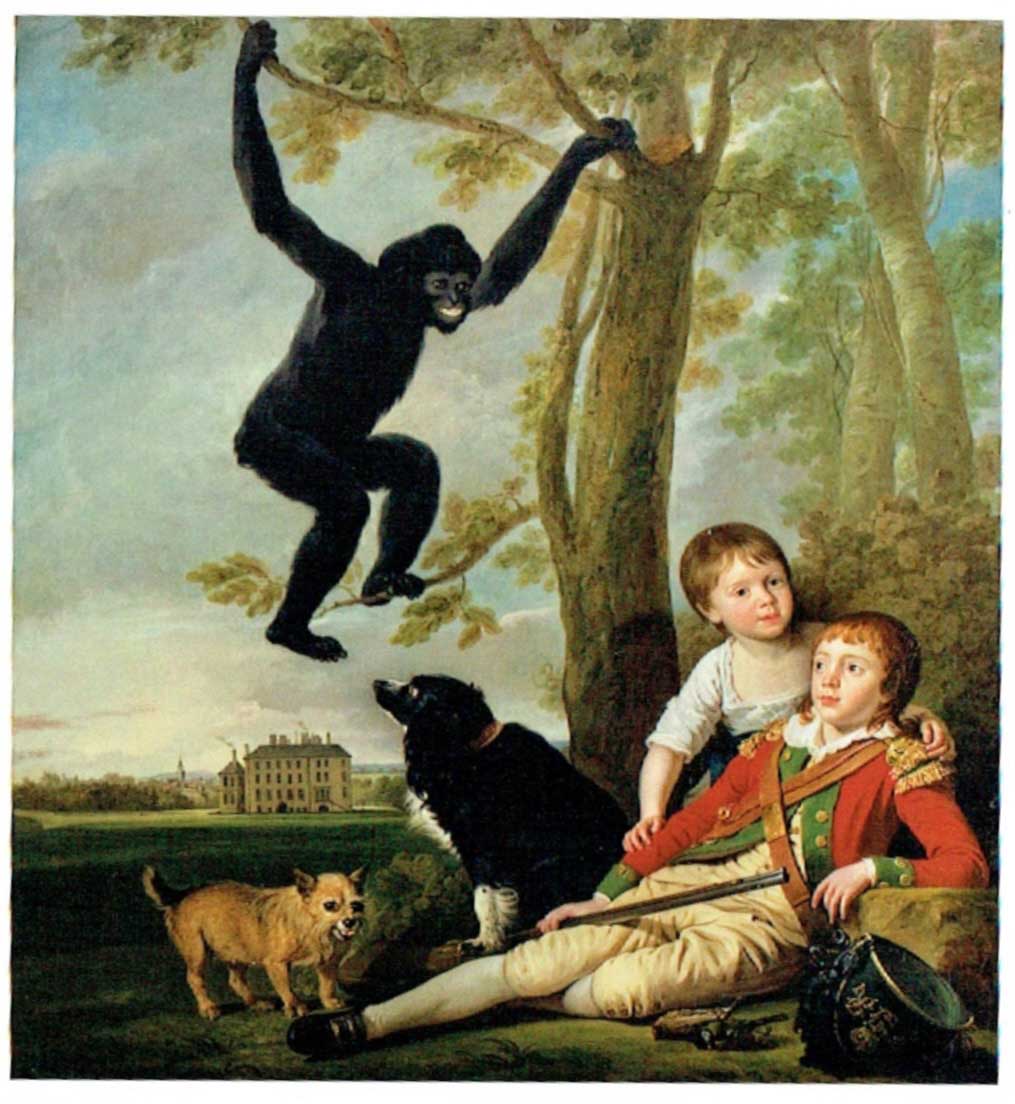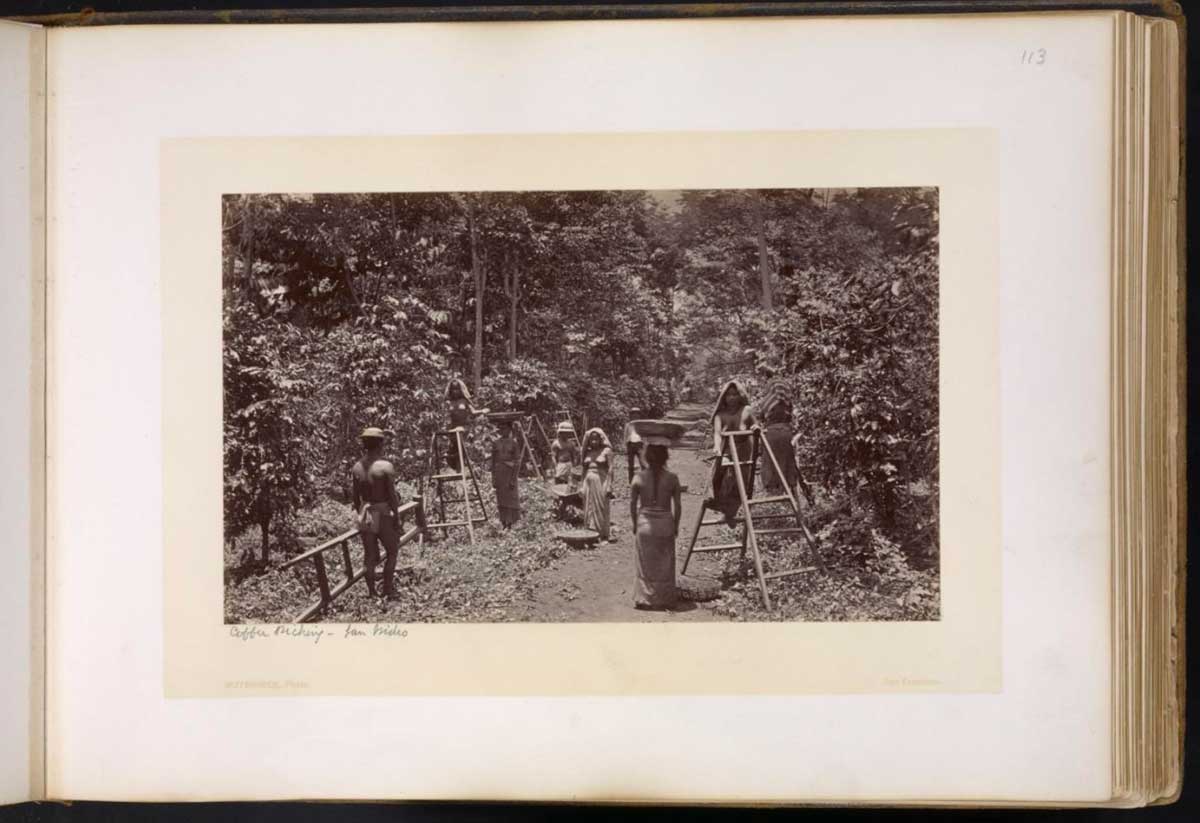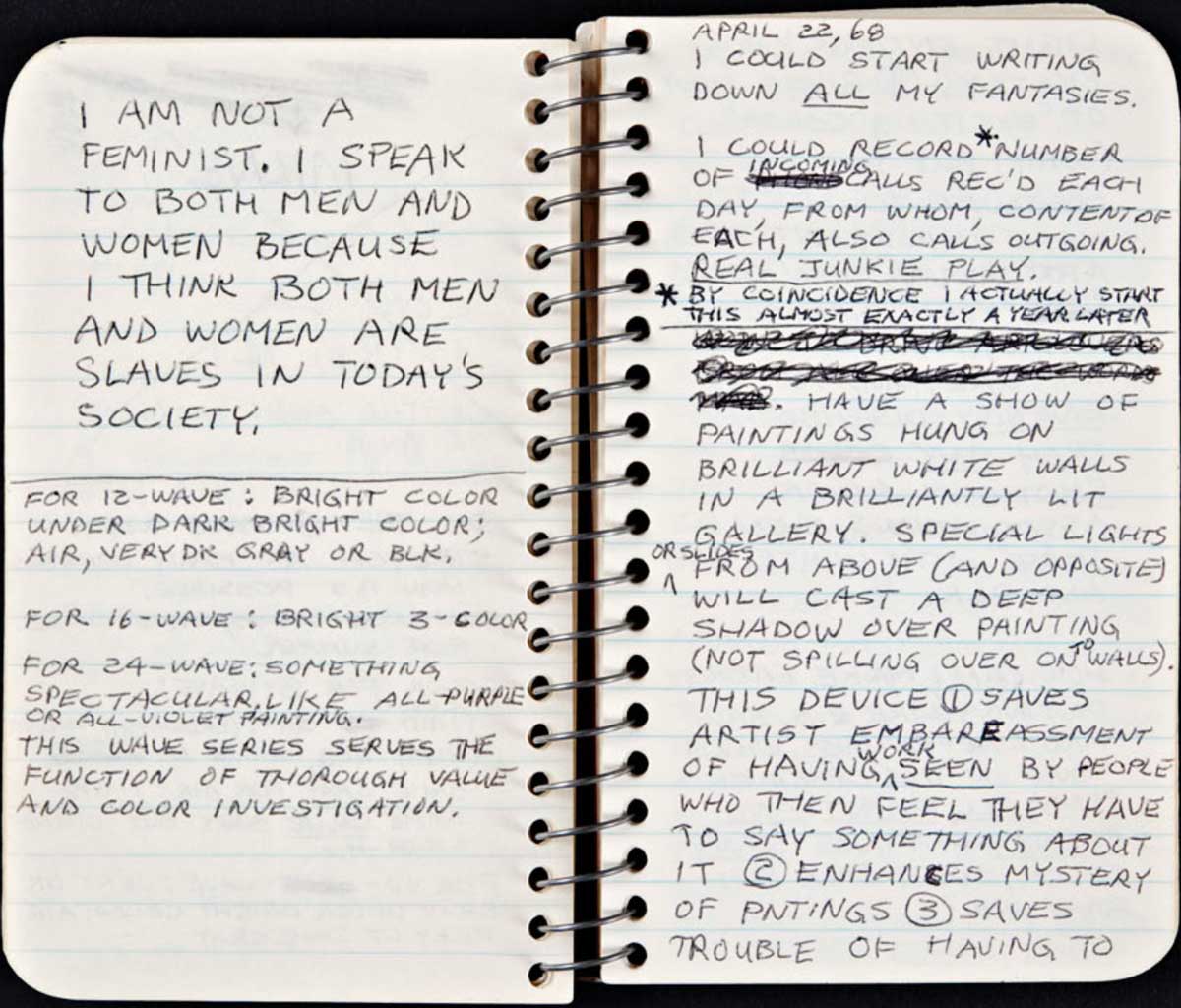B.6 Speculative Methods and Alternative Archives in Art Historical Practice
Fri Oct 20 / 10:15 – 11:45 / KC 208
chairs /
- Nikki Georgopulos, University of British Columbia
- Paula Burleigh, Allegheny College
As the discipline and practice of art history continues to be upended and amended, this panel investigates the ways in which research methods beyond the normative scholarly apparatus and evidentiary hierarchies can be brought to bear in our field. Taking cues from the work of Saidiya Hartman, we invite presentations on the application of critical fabulation, counter-archives, and other forms of speculative play to art historical materials. Moreover, we invite contributions that make explicit the necessarily personal (and, by extension, political) nature of scholarship; how might our understanding of art history and its methodologies change when we remove the imaginary boundary between our subjects and our subjectivities? Following a lively panel that engaged such themes within the realm of contemporary art and art historical practice at CAA 2023, we are specifically looking for papers that apply such methods to global, non-contemporary topics from any historical period.
keywords: critical fabulation, archives, speculation, new methodologies
session type: panel
Nikki Georgopulos is an art historian, curator, and educator specializing in European art of the nineteenth century. She is an assistant professor in the Department of Art History, Visual Art & Theory at the University of British Columbia. She received her PhD in Art History & Criticism from Stony Brook University in 2020, and has held positions at the National Gallery of Art, the Morgan Library & Museum, the International Foundation for Art Research, and the Corning Museum of Glass. She is currently at work on a book project on representations of mirrors and reflections in nineteenth-century French art.
Paula Burleigh is an art historian specializing in modern and contemporary art. She is an assistant professor in the Department of Art and affiliated faculty in the Women’s, Gender, and Sexuality Studies Program at Allegheny College in Pennsylvania, where she is also director of the Allegheny Art Galleries. She received her PhD in Art History from the Graduate Center of the City University of New York. Previously, Burleigh was a Joan Tisch Teaching Fellow at the Whitney Museum of American Art. Her writing has appeared in Artforum, Art Journal, Stedelijk Studies, The Brooklyn Rail, and in various edited volumes. Her current research is on feminist speculative fiction strategies in contemporary art.

Martin Quadal. Charles, Earl of Dalkeith, in Fencible uniform, with his brother Henry. 1779. Oil on canvas. Private collection, Scotland.
A Speculative Approach to Rethinking Exotic Animal Narratives in Eighteenth-Century British Portraiture: Imagination and Speculative Play as Methodologies
- Luba Kozak, University of Regina
In the eighteenth century, exotic animals served as symbols of British imperial power, contributing to colonial narratives in art (Plumb 2010). Although, as Ingrid Tague has argued, the emergence of pet culture in eighteenth-century Britain brought about significant shifts in attitudes towards animals who came to be regarded like family and quasi-humans (2016). The phenomenon of pet culture necessitates a rethinking of how exotic pets are understood in artworks of this time since their material presence points to ethical issues about human-animal relationships, alterity, and speciesist politics, as well as the complex relationship between pets and their owners that continues to resonate across time.
This paper investigates how the concepts of imagination and speculative play in art (Bolin 2009) can be used as new methodological strategies to explore counter-archives of animal narratives and their lived histories in eighteenth-century British portraits, an approach that I argue offers new insights into how artists and pet owners perceived and connected with exotic pet animals. Using inclusive theoretical ethical frameworks like ethics of care and resonance theory, alongside contemporary discourses on animacy, this paper challenges the traditional humanist perspective that has traditionally marginalized non-human animal subjects in art history. To illustrate my points, I focus on an analysis of Martin Ferdinand Quadal's portrait of Charles, Earl of Dalkeith, with his brother Henry (1779), featuring an ape and dogs, as a case study to re-imagine human-animal relations through speculative play as a methodology that has the power to reshape art historical practices towards non-human animals.
keywords: exotic animals, pet culture, eighteenth-century British portraiture, imagination, speculative play, ethics of care
Luba Kozak is an art historian, researcher, and animal liberation activist. She is a second-year Ph.D. student at the University of Regina with interdisciplinary research interests in early modern European art; literature; culture; and animal studies. Her doctoral project rethinks the representation of exotic pet animals in eighteenth-century British portraiture to challenge traditional humanist ideologies in art history and offer an ethical study of historical animals. Luba works as a Graduate Research Assistant at the Centre for Socially Engaged Theatre and volunteers as a language editor for Open Cultural Studies, published by De Gruyter. She holds a Professional Writing certificate in Public Relations and Marketing from the University of Calgary and both a Bachelor’s and Master's degree from the University of Regina.

Eadweard Muybridge, Coffee Picking (1875). Las Nubes Plantation, Guatemala Album of Central America (1876-7). Boston Atheneum Collection.
Finding the Subject: Maya Perspectives in Muybridge’s Pictures of Guatemala (1875-7)
- María Beatriz H. Carrión, The Graduate Center, CUNY
Famed photographer Edward Muybridge traveled to Central America in 1875 to produce images meant to attract tourists and investors to the region. Of these images, the ones that he took of Las Nubes, a coffee plantation in the Guatemalan highlands, are the most important: These images depict the taming of nature, machinery, and hundreds of K’iche Maya laborers in the fields. Coffee plantations were new to Guatemala, as the government decided to mass produce this bean only in the 1870s. This shift came at a great cost to the country’s Indigenous communities, who lost their lands to the plantocracy and were forced into unpaid agricultural labor by the government.
Muybridge was the first to depict the Guatemalan coffee industry and did so without much concern for the workers or the racial dynamics of the country. This reality, however, does not mean that these images are devoid of information about the subjectivity and worldview of the Maya workers who posed for them. Furthermore, even if the individuals in the images have almost no archival footprint, at least in Western terms, I argue that—through alternative research and interpretative means—it is possible to reconstruct the ways in which they navigated the plantation system and their photographic representation. Using oral and literary accounts and pre-Columbian and contemporary Maya artwork, my presentation demonstrates the potential of anachronism and surrogacy to locate and bring to the surface the perspectives of silent subjects of representation in images made by those with material and visual power.
keywords: Maya, Guatemala, Eadweard Muybridge, archive, anachronism
María Beatriz H. Carrión is a historian of the nineteenth-century art of the Americas, with a focus on the representation of Indigenous peoples, the history of photography, and ecocritical issues. She has an MPhil in Art History from the CUNY Graduate Center, an MA in Art History from Tulane University, and a BA in Liberal Arts from Universidad San Francisco de Quito. Her research has been supported by the Huntington Library, the Buffalo Bill Center of the West, and the Terra, Mellon, and Phelps de Cisneros Foundations. Carrion has taught at the School of the Art Institute of Chicago and Baruch College and has held positions at the Rijksmuseum, the James Gallery, the Morgan Library and Museum, and the New Orleans Museum of Art. Her dissertation, entitled Indigeneities and Modern Visuality, 1873-1929, examines the agency and presence of Indigenous peoples in lens-based technology and how this participation enabled modern visuality across the Americas.

Lee Lozano, Private Book 1 (1968-1969), the estate of Lee Lozano and Hauser and Wirth.
To be in but not of feminism: Revisiting Lee Lozano’s Private Books
- Béatrice Cloutier-Trépanier, Queen’s University
In April 1968, in the first of a series of private notebooks, Lee Lozano declared that she was not a feminist. This rejection is, I argue, precisely what connects Lozano to feminism–feminisms that are deemed improper, unacceptable, and as such a significant location from which to revisit the history of feminism of the 1960s and 1970s. Representative of voices and practices that push back, question, reject, and operate in the margins of what is expected, the figure of Lozano introduces necessary friction against accepted narratives of second-wave feminism in the arts. Reading Lozano’s Private Books (1968-1972) against the grain, this research harnesses the potency of contemporary feminist methodologies and theories, namely shadow feminism (Judith Halberstam, 2011) to revalue the anecdotal and haunt acceptable forms of feminisms. Challenging the normative relationalities that have been established between Lozano and feminism, this paper in turn questions feminist (art) histories that have cast Lozano as the (constitutive) ‘outside’ of/to feminism.
This research is a personal investment in counterintuitive ways of knowing, and embraces refusals–Lozano’s and my own–as a source for scholarship. My examination of Lozano proposes an alternative way of knowing her practice and the discourses that surrounds it, allowing her relationship to feminism to resurface, and foster between them unruly forms of relationality. (Elizabeth Freeman, 2005). As it exposes uncanny similarities between Lozano’s writings and feminist tactics, it illuminates generative transhistorical affinities and possibilities, and it in turns destabilizes and questions the mechanisms of inclusion and exclusion that have constituted the archives of feminist art histories.
keywords: Lee Lozano, shadow feminism, feminist art histories, anecdotes, refusal as feminist tactic
Béatrice Cloutier-Trépanier is a PhD candidate in art history at Queen’s University (Kingston, Canada). Her dissertation, In the Margin: The writings of Lucy R. Lippard and Lee Lozano, examines the experimental writings of Lippard and Lozano. The layered connectedness of their writing practices of the 1960s and 1970s, at once autobiography, theory, fiction, criticism, conceptual art, and life/work, supports an analysis of the feminist labor that constitutes, drives, and sometimes complicates these marginal forms and early examples of autotheory. This research refocuses anecdotes, citations, and footnotes, both as historical evidence and theoretical framework, and represents a personal investment in counterintuitive ways of knowing. Beatrice has recently been granted a SSHRC postdoctoral fellowship (2023-2025) to expand her research on Lozano in feminist conversations with Yoko Ono and Yvonne Rainer. She is the curator of a private collection and the co-director of Joe Project in Montreal, Canada.
Archival Subjectivities and Feminist Futurities: Media, Remediation, and Relationality in the Feminist Archive
- Julia Polyck-O’Neill, York University/University of Guelph
Feminist archival scholars have identified two interrelated contentions underlying current approaches to artists’ archives within the present academic and archival milieu: systemic issues fundamental to archival conventions and practices, and shortcomings of formal organizational strategies within such practices. In Urgent Archives: Enacting Liberatory Memory Work (2021), archives scholar Michelle Caswell gestures to the broader ways archival studies have been shifting to acknowledge and ground themselves in the humanity of their subjects, and the very subjectivities of those groups and/or individuals implicated in memory work. While these shifts also signal an interest in the effects of archives on the archival scholar or user, the lived realities of the subjects, along with their individual and collective bodies and voices, are also of primary importance. In this presentation, I take late artist Joyce Wieland as a case study and consider the ways in which the breadth of Wieland’s creative output in her fonds at the Clara Thomas Archives at York University has been necessarily remediated by means of text and other documentation and consider the ways that collaborative and networked archival methods could benefit both the collection and its users. Further, I speculate on how the addition of (auto)biographical, narrative, and networked data and digital media forms, conceived according to a feminist ethical logic, might enable increased access and have the potential to transform the relationships between artist, archival institution(s), and user(s), effectively opening up Wieland’s body of work to a bespoke level of engagement. Reflecting on how such methodologies have the potential to promote critical, insightful forms of research that better reflect the subjectivities of both Wieland, as the archival subject, and the user, I then consider how such archival encounters might shift understandings of how archives assist in the (re)construction of the past and can aid in the generation of speculative archival futurities in emergent art historical contexts wherein the humanity of the archival subject is of primary concern.
keywords: feminist archives, digital archives, speculative archives, Joyce Wieland, subjectivity
Julia Polyck-O’Neill is an artist, curator, critic, poet, and writer. Currently a Social Sciences and Humanities Research Council (SSHRC) Postdoctoral Fellow in the department of Visual Art and Art History and the Sensorium Centre for Digital Arts and Technology at York University (Toronto) where she studies digital, feminist approaches to interdisciplinary artists’ archives, she is the incoming Michael Ridley Postdoctoral Fellow in Digital Humanities at the University of Guelph.
